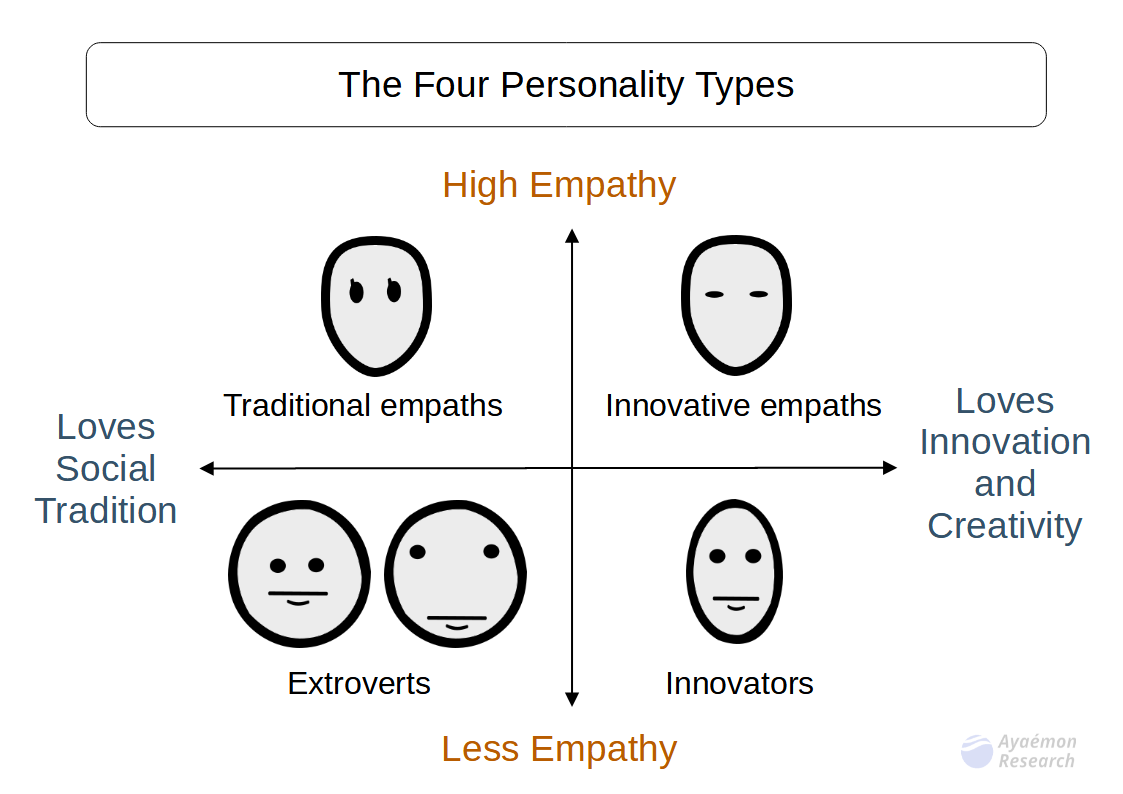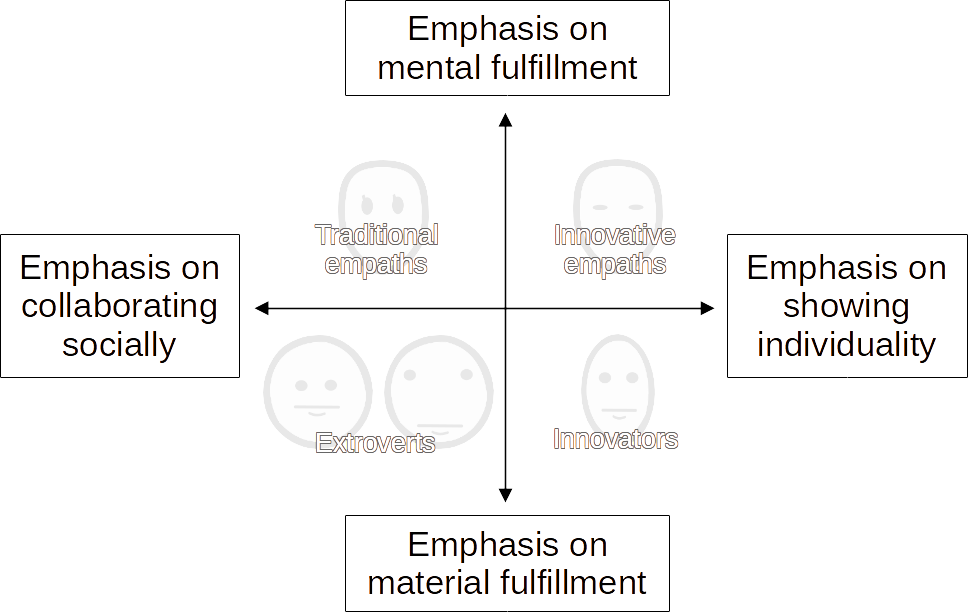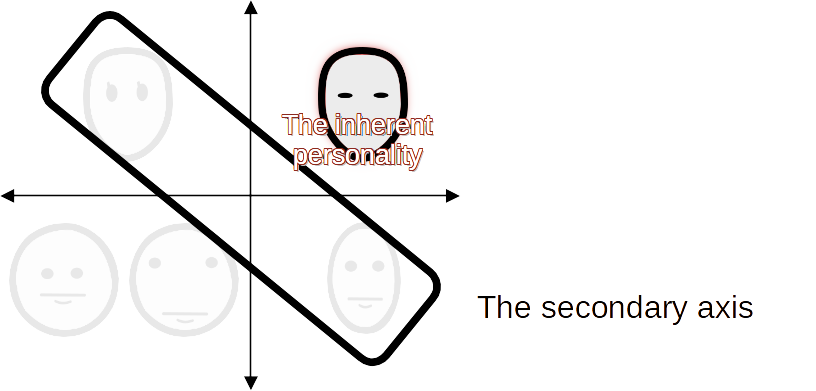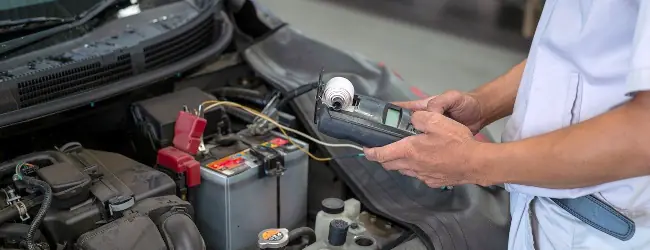I have talked about how to balance our minds through a new mental therapy method called the Cross-Judging method these weeks. This method worked dramatically for me. Thanks to that, I have solved all my mental problems.
Today, I will introduce the differences in thinking to balance mental and material abundance based on personality differences.
How to know the cause of troubles
Sometimes, we suffer from our current situation and want to know what is wrong. We want accurate reasons because we often misunderstand what causes our problems.
If we know the reason accurately, we can solve it gradually because it has effects. In addition, we can live with hope and confidence. In other words, our misunderstanding of causes creates difficulties in solving problems.

We often have troubles in life. One way to find the cause is to balance mental and material abundance. The Cross-Judging method allows us to judge it. This knowledge might give us the mental balance to live comfortably.
The four types of personalities
To explain it, I will introduce the four types of personalities that I use every time to explain the Cross-Judging method. It is as follows:

To make it simple, we use another perspective on the two axes, as follows:

What we value in life divides our personalities. Highly empathic people emphasize mental fulfillment. On the other hand, less empathic people favor material fulfillment rather than mental fulfillment. People who like to follow social traditions tend to like social collaboration. On the other hand, innovative people tend to favor showing their individuality.
A simple explanation of four personalities
That determines the four types of personalities, as follows:
- Extroverts: People who prefer material fulfillment and social collaboration.
- Traditional empaths: People who prefer mental fulfillment and social collaboration.
- Innovative empaths: People who prefer mental fulfillment and showing individuality.
- Innovators: People who prefer material fulfillment and showing individuality.
We have those personalities inside us as well.
Two axes of the Cross-Judging method
In the Cross-Judging method, we balance our minds based on two axes, which are X-shaped, as shown in the following figure:

- The primary axis: The axis that connects our inherent personality with an inferiority complex. This axis determines how naturally and how much less stress we can live.
- The secondary axis: The other axis that connects the rest of the personalities. Balancing this axis gives us mental and material stability.
How to balance our minds
If we want to reduce stress in life, we change the balance of the primary axis. We judge it by the long-term or the short-term. We can change it regardless of our mental and material states. In other words, we can change our lives regardless of them.
On the other hand, if we want mental and material stability, we balance the secondary axis. In other words, we can reduce our mental problems with new fun. We will focus on this axis this time.
The case of innovative empaths
To make it easier, we will use an example of innovative empaths. Assume we are innovative empaths. In this case, the secondary axis is the axis between traditional empaths and innovators, as shown in the following figure:

The tendency based on our bias
To determine our states, let’s check which tendency we have. There are two biases: toward traditional empaths or innovators.
If we are too biased toward traditional empaths, we tend to have problems as follows:
- Too afraid of losing or consuming something, such as money, time, items, job, or relationship
- Feeling hard to change the current situation
- Aiming only for stability in life and disregarding the fun of life or what we like to do
- Thinking too long-term, even though we don’t know what the future holds
- Misunderstanding that helping someone is all happiness
- Believing that a lot of money reduces worries about the future

On the other hand, if we are too biased toward innovators, we tend to have problems as follows:
- Too stressed by interference that prevents our activities
- Spending too much money or resources impulsively
- Disregarding physical health
- Thinking too short-term, even though we have dreams for the future
- Misunderstanding that excitement is all happiness
- Believing that helping others is worthless and everyone should help themselves
Let’s check which side you are biased toward. Of course, we have both if we are innovative empaths. However, if we lose our mental balance, we tend to lean on one side.
Stimulating the innovator’s senses
Perhaps we are too biased toward traditional empaths if we are innovative empaths with mental problems, as I mentioned in an earlier post (this article). In other words, we sacrifice ourselves too much, such as having material abundance or doing what we love in areas that don’t relate to our empathy.

In such a case, stimulating the innovator’s senses will calm the empathic problems and balance our minds. Try finding innovators or innovative story characters and imagining how to deal with our lives if we were them.
In my case, I like to imagine story characters because I can modify their characteristics easily.
The stance on money
With those senses, we reduce the value of empathy and reevaluate material efficiency. We might think as follows.
For example, money is just one of the tools we can use if we see it from the innovator’s perspective. If we have it, we use it efficiently to create material abundance. On the other hand, if we don’t have enough money, we use other tools. We have many tools in our toolkits. It doesn’t matter whether we have a lot of money or not.
Using money is just exchanging the shape of wealth. We can reevaluate every material thing.

We cannot predict the future exactly. If we change our lives, our futures and opportunities will also change. The more we change our lives, the less we can predict our future. We will find that ignoring creativity causes a desire to keep as much money as possible. That is the tendency of the traditional empath’s personality.
Try using and consuming what we have. Do trial and error with more affordable things. All our belongings are for the sake of use and consumption. Finishing them brings us to the next stage.
The overvalue of an atmosphere
We sometimes overvalue imagination. Feeling an atmosphere is one form of empathy.
Try doubting whether it is worth paying so much money for an atmosphere. For example, we might go to an expensive cafe with a good atmosphere. Is it worth it to pay that amount of money?

If we love coffee, we can pursue the best one for us. That will be great fun. If we want a rest, there would be a better, more affordable place. However, sometimes we go to an expensive cafe and pay a lot of money because it has an atmosphere, even though we don’t drink coffee so often and don’t have to rest. Try doubting the efficiency and the meaning of “atmosphere.”
Then, try to reduce things that satisfy only our empathy, such as something with beautiful decorations or things that bring out our emotions. They don’t fill our stomachs.
Having more material abundance for ourselves
We sometimes overvalue fulfilling others. Most complaining people will get along with every situation, even if we leave them alone. We can leave them alone.
Then try getting more material abundance for ourselves. It is not only adding something valuable but also reducing unnecessary things.

Try eating good foods that give us enough energy instead of foods that fill our minds or emotions. Try wearing comfortable and functional clothes instead of clothes that restrict our movement.
Those are the innovator’s perspectives.
Conclusion
The above is one way to balance mental and material abundance.
If we are innovative empaths and too biased toward traditional empaths, reevaluating the innovator’s personality would work well.
This knowledge might give us the mental balance to live comfortably.
Thank you for reading this article. I hope to see you in the next one.


